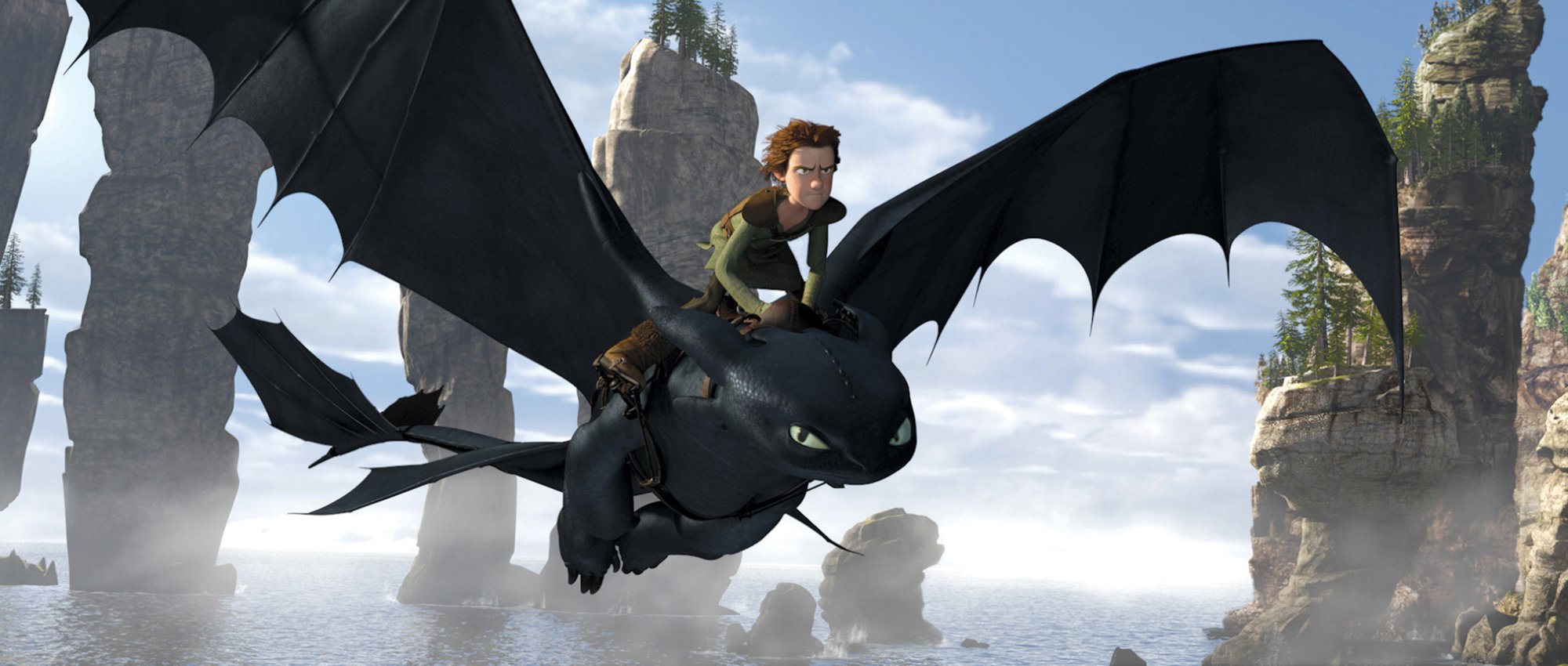Table of Contents Show
Despite the few disciplined souls that have used this pandemic as an opportunity for major self-improvement, it’s no secret that many people have been relying on Netflix to get through quarantine. With a near-infinite amount of content to check out, it can be difficult to choose from the list of worthwhile entertainment when planning the next binge-fest. But one option that some adults might overlook could potentially be a new favorite genre for older viewers: kids media.
Given the general pessimism and uncertainty present during the current crisis, content designed for younger audiences might have the uplifting and instructive stories that adults need at this time. Recently, Avatar: The Last Airbender made history as the first show to stay in Netflix’s top ten for fifty-eight consecutive days. The fact that a fifteen-year-old cartoon earned this title might hint that more adults are finding comfort and relevance in kids media. Kids content can be exciting, poignant, and clever without relying on gore and violence, making it refreshing and impactful for audiences of all ages.
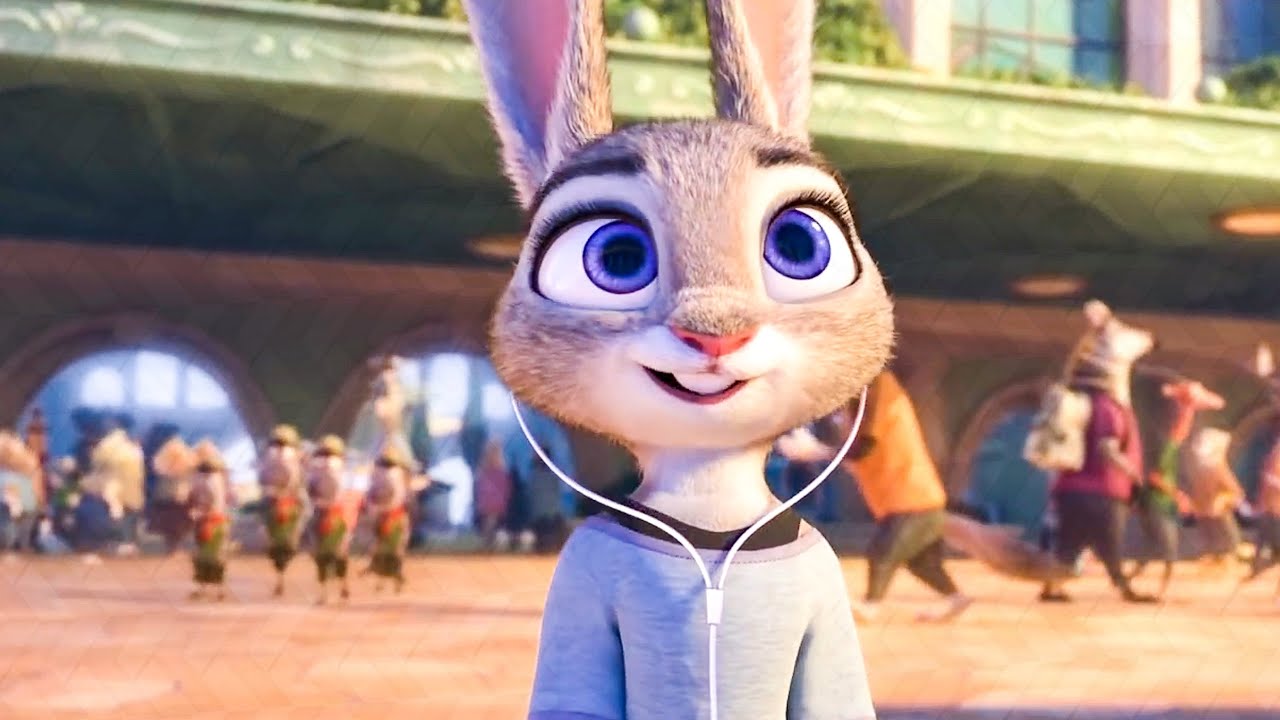
What Defines Quality Kids Content?
When suggesting this type of story for skeptical adults, specifying what makes quality kids media is vital. For the purposes of this analysis, a story must be rated TV-Y7 for shows or PG and below for movies to be considered children’s content. These stories can be live-action, but animation can be more accessible for adults and is a major perk of this genre. Defining “high-quality” is, of course, more subjective, but children’s media of this type usually includes a few key markers of suitability for a variety of ages.
One important facet of quality kids content is humor. Witty, genuine humor is important for engaging adult audiences, and it also does a much greater service to the kids that watch compared to the crude jokes and violence-based humor that are all too common in the genre. Another typical feature of top-tier children’s stories is the presence of positive adult characters. The protagonists will usually be young, but they might interact with a mentor figure or an otherwise helpful adult. Depicting characters from a variety of age groups preserves themes of youth empowerment while also acknowledging the wisdom and support that older characters have to offer.
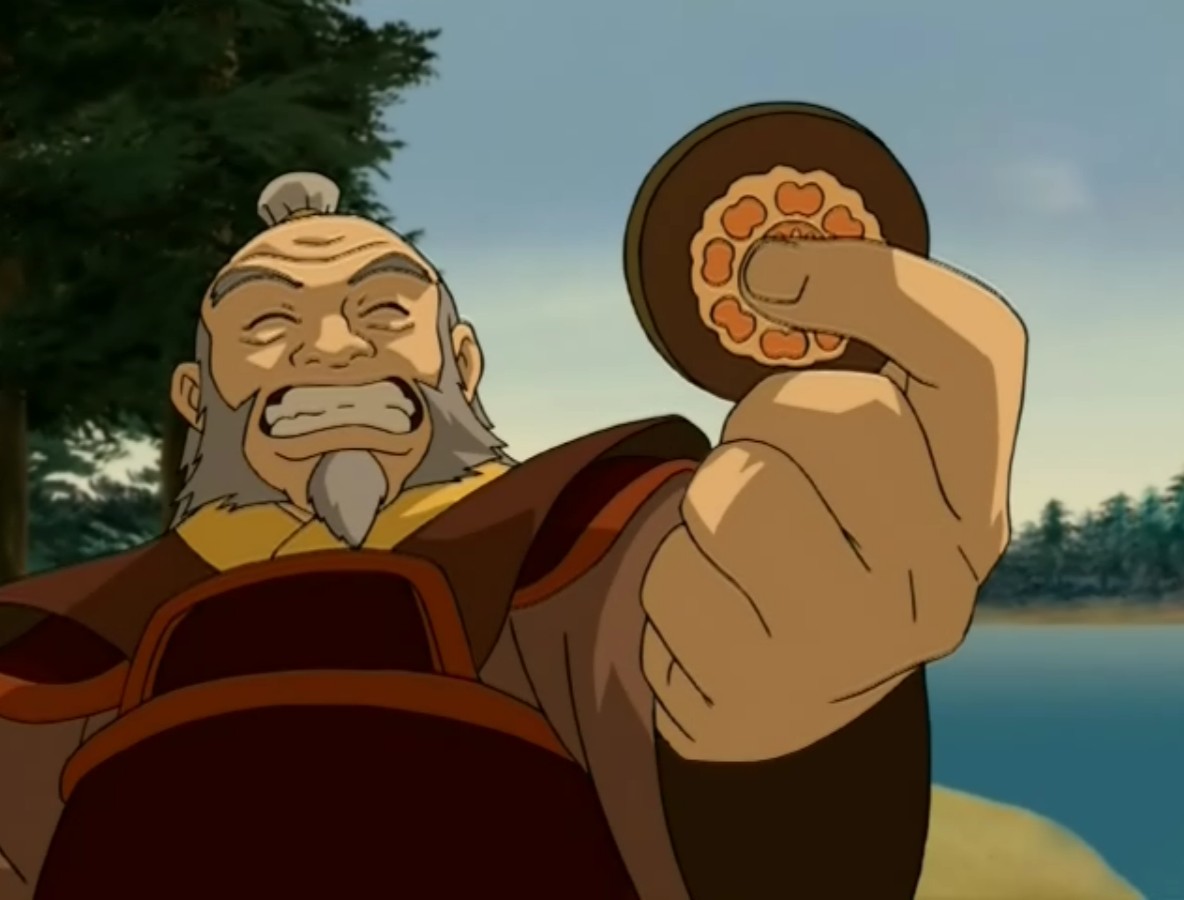
Finally, superior kids media features plot threads and characters that are complex and well-planned. These are important for any story, but kids content is often more prone to frivolous antics or one-note characters. As a bonus, science-fiction and fantasy stories of this genre are usually augmented by unique and intriguing worldbuilding. Of course, no story is perfect. High-quality kids stories might falter in one or two of these areas, but many of them deliver solid entertainment that can make a lasting impression on all viewers.
Typical Features Of Adult Media
Stories intended for adults are often considered as such because they are darker, more violent, or more sexual. Although it is normal for people to desire content that speaks to the realities of their own age group, the prevalence of grittiness and cruelty in adult media has become tiring at best and problematic at worst. Darker stories aren’t inherently more realistic or complex. Realism doesn’t always imply maturity, and grittiness shouldn’t be mistaken for depth.
When writers try to address problems by depicting them in a way that is extremely realistic or violent, they often end up desensitizing their viewers to the very issues they were trying to bring to light. Depicting the suffering of nameless people in cruel detail is not a good way to promote empathy, even though this is the route that many “dark and gritty” stories attempt to take.
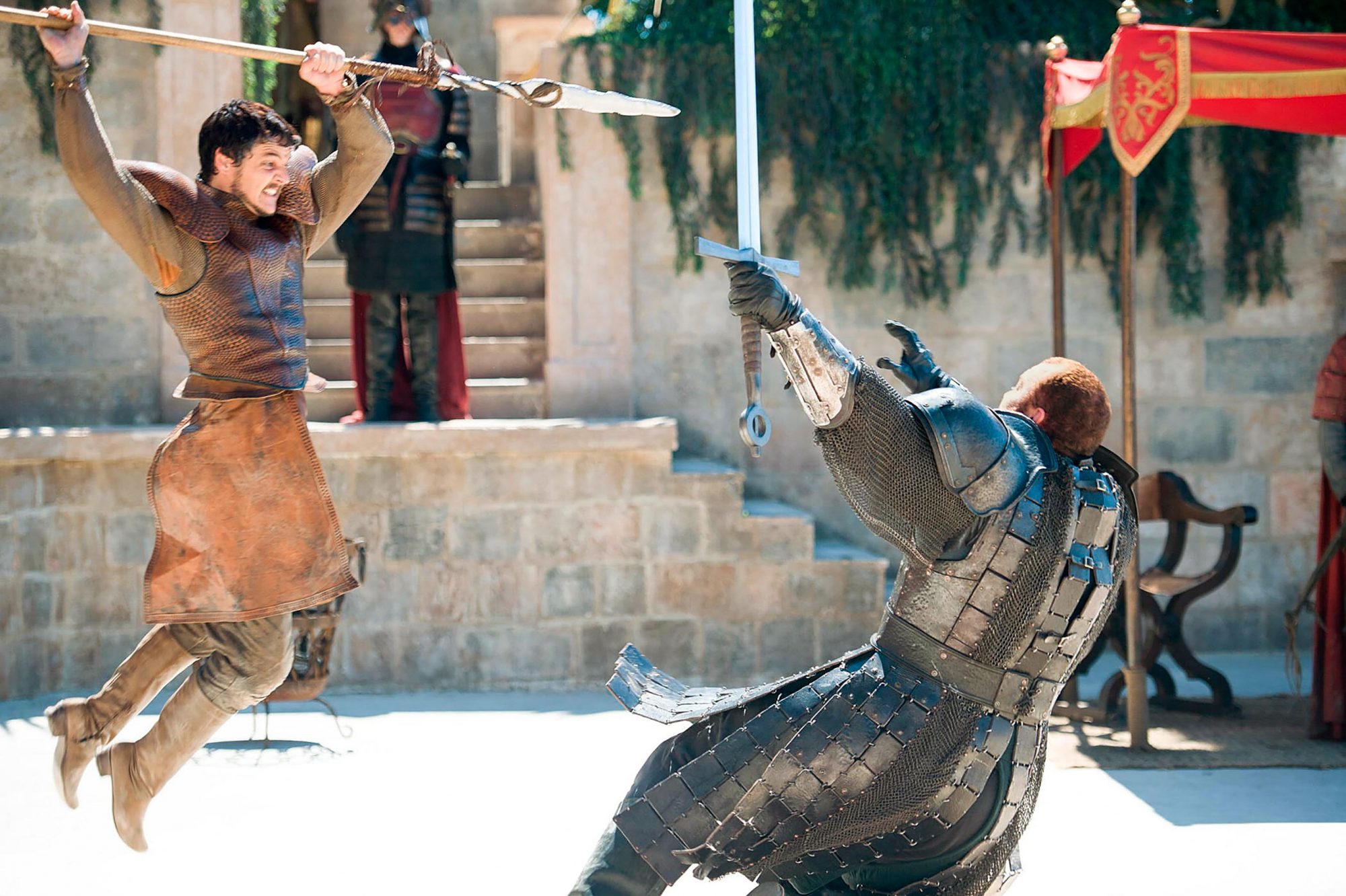
Game of Thrones is one of the worst offenders when it comes to intensely graphic violence. To some degree, rampant death and destruction can be justified as both increasing realism and raising the stakes. But the show takes it much further than it needs to. Most viewers aren’t interested in watching people get murdered in every awful way imaginable.
Yet Game of Thrones seems to assume otherwise, given the frequent and deeply upsetting depictions of mutilation, torture, and rape. There comes a point where violence no longer serves a purpose and simply tries to make entertainment out of other people’s suffering. Many stories for adults seem to lose sight of this and simply try to make their content as disturbing as possible. Depicting gruesome acts of aggression normalizes them, even if they are ultimately portrayed as negative.
“Light” Adult Content Can Still Be Depressing
Of course, not all adult content includes constant brutality. But even adult stories that don’t depict explicit violence often deal with other tropes that might be disheartening for the audience. Comedies like The Office use bigotry as a joke, which is painful and frustrating for many viewers. As fun as Parks and Recreation often is, watching Tom Haverford consistently harass and objectify female characters might be hurtful to people who experience this in real life.
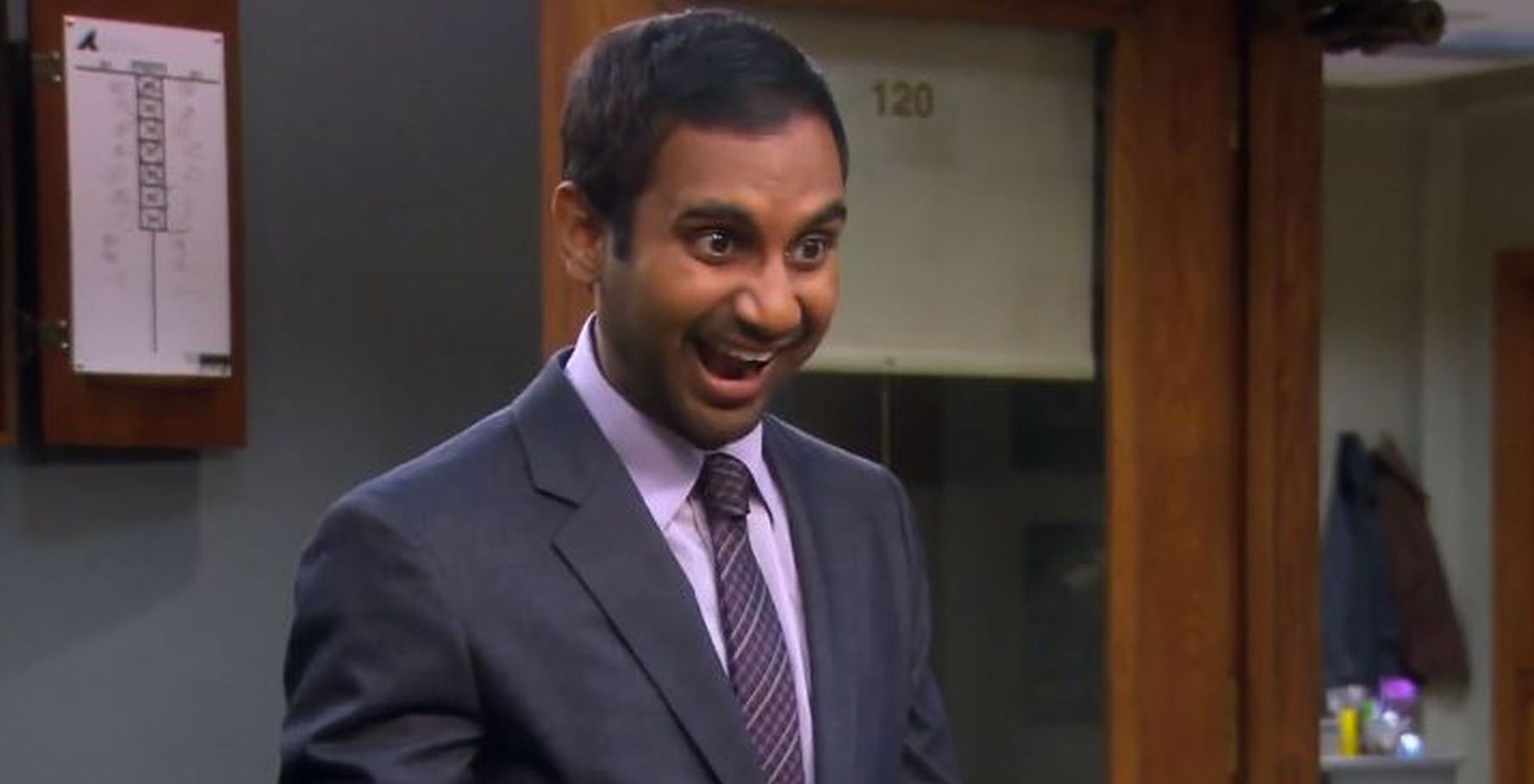
Although more recent adult stories are doing better with respectful representation, they still face more subtle pitfalls like queerbaiting and tokenism. With people becoming wearier with current world events, audiences might want to find stories that don’t depict the same problems they deal with in real life.
Kids Content Creates Impact Through Empathy, Not Violence
This is where children’s media can actually better address these topics. The best kids stories include intricate and mature themes without dredging up the pain of those who have suffered due to those issues. Stories for children often deal with topics like death and loss without the gratuitous violence featured in adult media. They don’t necessarily feature less mortality, but they are rarely shown directly or in detail. Instead, tragic events are given meaning through their impact on the main characters. This allows the story to preserve the emotional weight of the tragedy without glorifying the violence of the event.
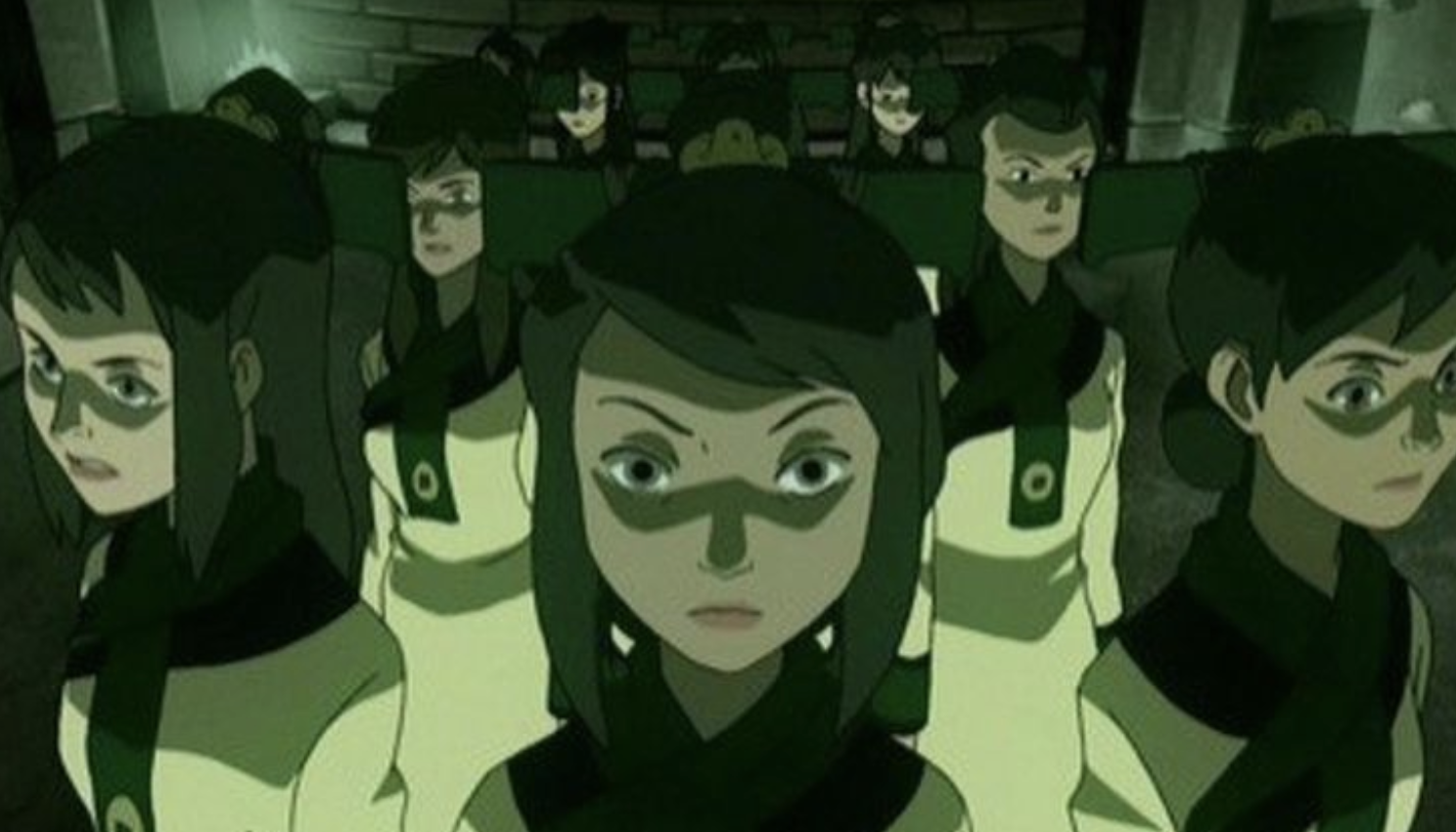
One of the best examples is undoubtedly Avatar: The Last Airbender. This cartoon resonates with audiences of all ages because it features the best of kids and adult media. Avatar is charming, light, and fun, yet it also deals with topics like imperialism, censorship, class disparity, vengeance cycles, genocide, and many more. Like most high-quality kids stories, it takes on these issues without directly showing the horrifying effects that these things can have in real life. Doing so doesn’t water down the message; it allows the audience to experience these events through the perspective of the characters affected by them, which promotes empathy without promoting aggression.
Kids Stories Can Hold Thematic Relevance For Adults
Although children’s media often includes themes that are perceived as more relevant for kids, it may be time to reconsider the idea that adults have nothing to learn from these stories. Most high-quality content for younger viewers holds messages of self-discovery, forgiveness, and empathy. These themes are arguably more important for adults in our current era of polarization and uncertainty.
“In the darkest times, hope is something you give yourself. That is the meaning of inner strength.”
Uncle Iroh, Avatar: The Last Airbender
Learning to write one’s destiny can be vital encouragement for older viewers feeling lost in life and seeking fulfillment. Watching characters resist the destructive cycle of vengeance can be an important lesson, especially when revenge violence is glorified so heavily in adult media.
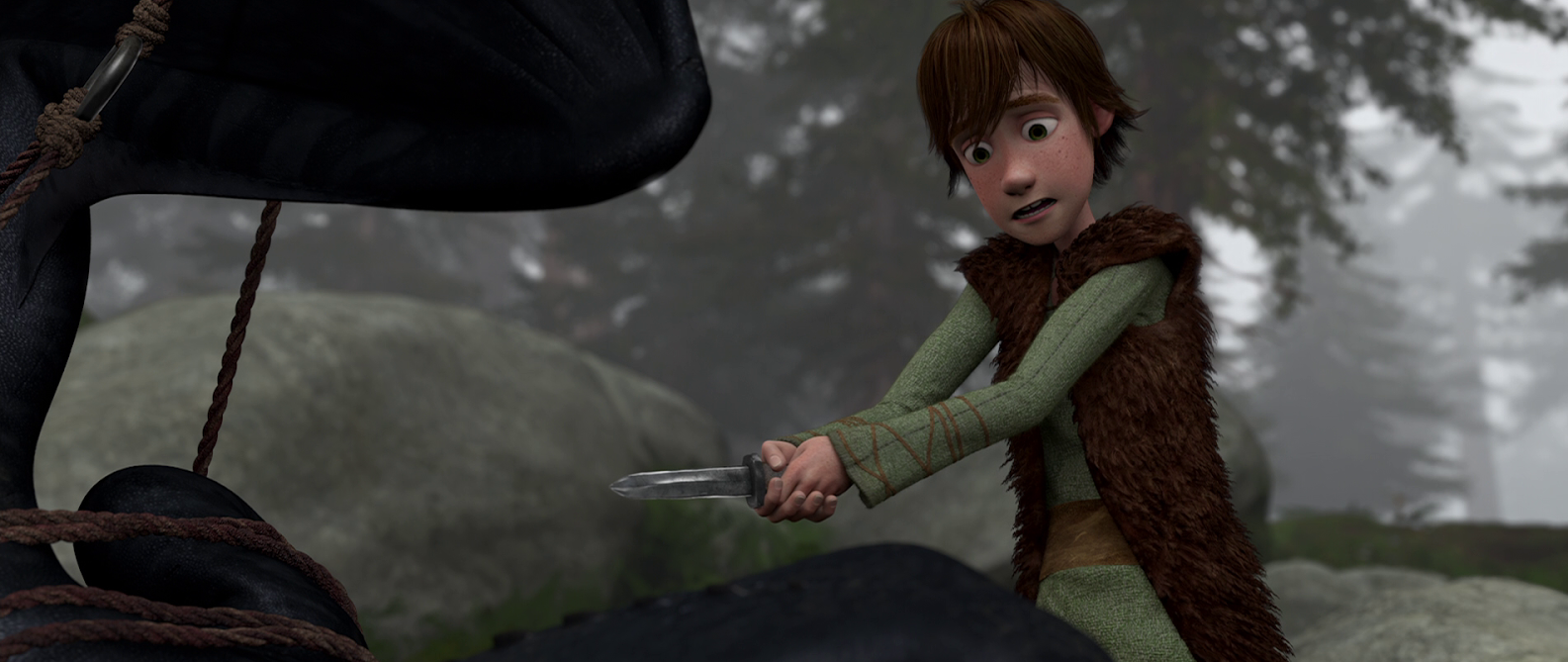
Shows like Avatar, The Dragon Prince, and She-Ra all deal with the idea that the people on the opposing side aren’t as horrible as they are said to be, and How to Train Your Dragon cements the critical message that mercy is not weakness. These may seem like basic concepts for some, but revisiting these tenets of decency is more important now than ever for adults as well as for children.
The Downsides Of Kids Content
Despite the promise of this genre, there are several reasons why adults might understandably be hesitant to venture into kids media. Unfortunately, writers for younger audiences sometimes assume that their target age group is too unsophisticated to care about the quality of their stories. As a result, this genre suffers from stories that forego clever jokes and nuanced themes for crude humor and heavy-handed messages.
Some kids stories also use heavy pandering to appeal to children, usually involving dim-witted adult figures. These creators generally write their stories with only children in mind, assuming that there is an inherent difference between good media for both age groups. The contrast between content like this and high-quality media that speaks to all ages is striking.
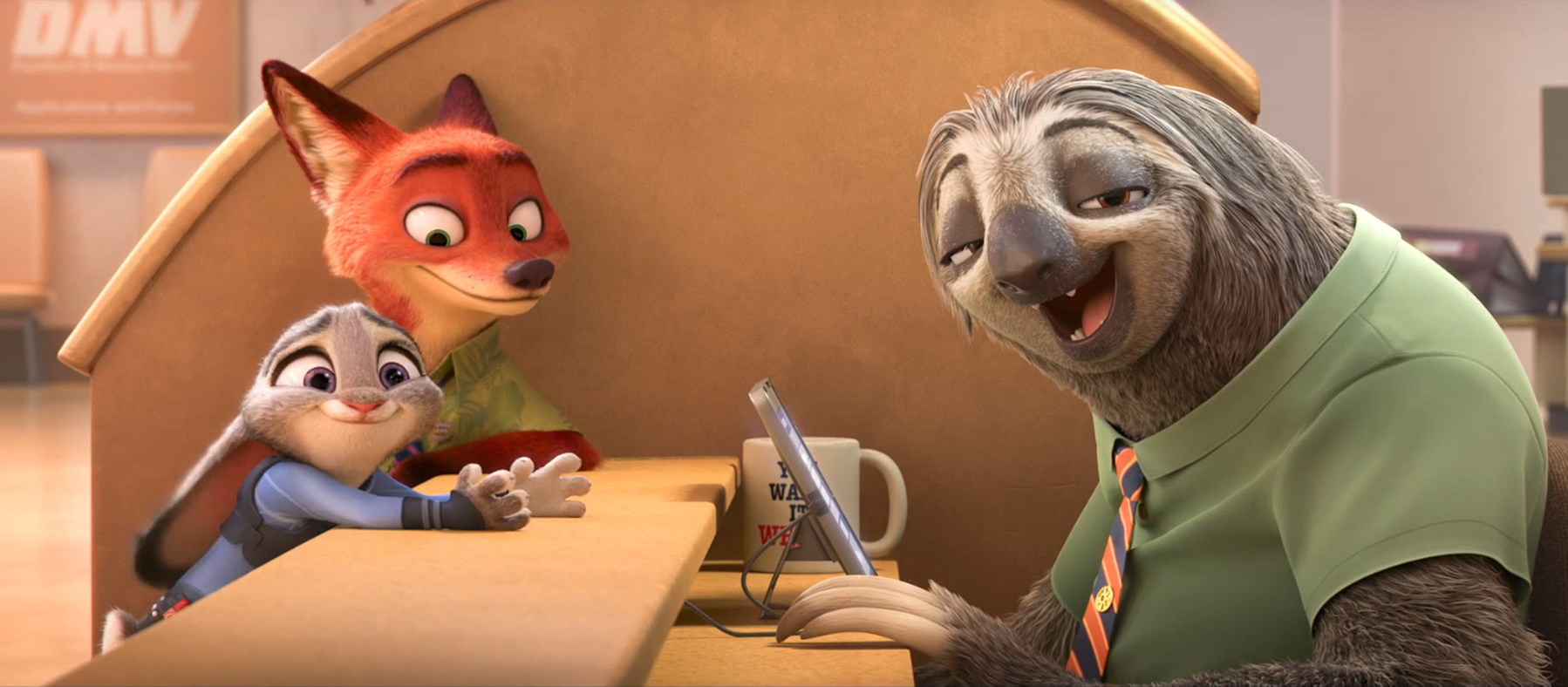
Disney/Pixar films are often a good example of the latter, especially examples like Zootopia. This movie is a bright, fun adventure with an upbeat protagonist that also addresses serious issues present in the world today. As such, it is a delightful yet illuminating film for all audience members.
Quality Kids Media Benefits Everyone
The world needs more original content that blurs the line between adults’ and children’s media. Adults need a break from the doom-and-gloom of modern-day life, and children deserve better than nonsensical plots strung together by crude humor. Stories like Avatar, How to Train Your Dragon, and Zootopia are impactful, heartfelt, and instructive, but free from ties to the real world and the unsettling imagery that permeates adult media.
Many kids stories aren’t mature enough to be fulfilling for adults, but the ones that are can be an uplifting source of entertainment for people of all ages. While many adult stories are busy depicting the worst of human nature, kids content can restore a sense of wonder and hope in their adult viewers through its endearing characters and surprising wisdom.
